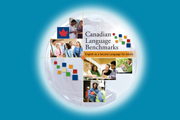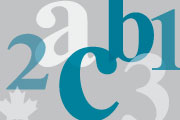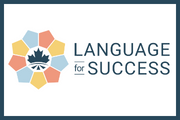
Language for Success Framework Incorporating ASL
It can be used by instructors and program designers to:
- Identify skills that second language users need for successful workforce integration
- Design programs and curricula
- Develop targeted instructional content
- Choose relevant learning resources for language classes
- Understand how typical workplace tasks relate to CLB levels
The Canadian Language Benchmarks (CLB) and Skills for Success (SFS) serve different purposes, but both address communication skills. The relationship between SFS core language skills and CLB was first established through a study led by the Centre for Canadian Language Benchmarks in 2005.











